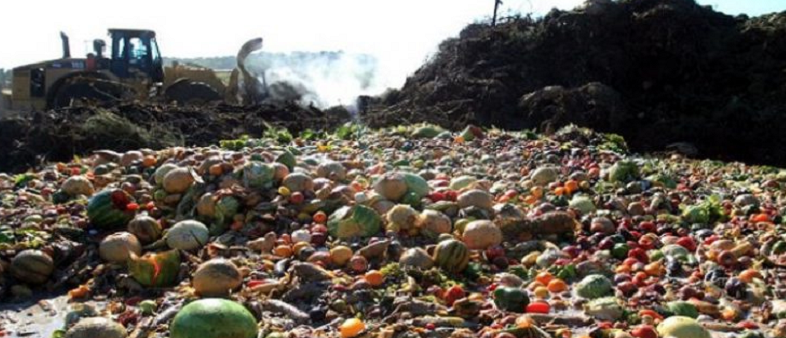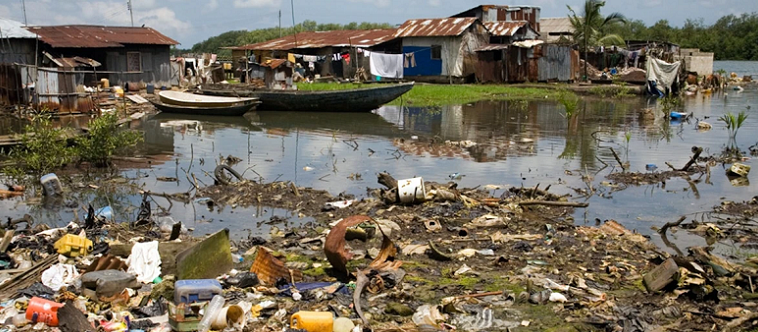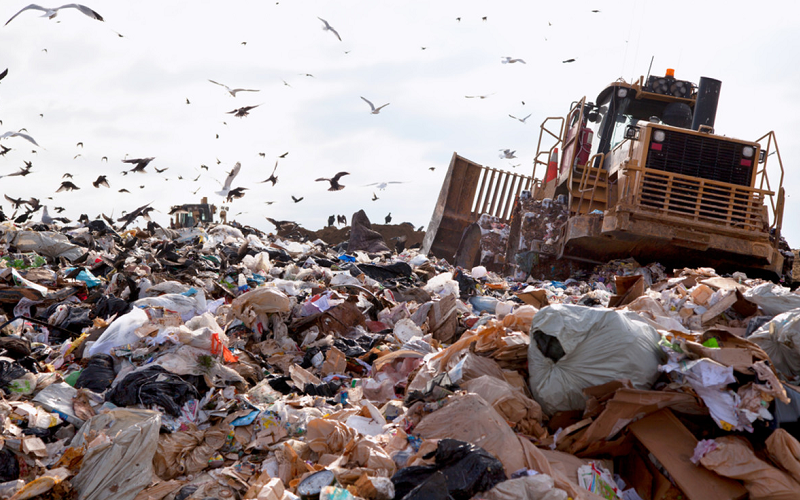In the U.S. alone, 133 billion pounds of food are wasted annually, costing $161 billion, or making up 31% of the entire food supply and a quarter of all municipal solid waste. This is a significant problem as there are 38 million Americans who are food insecure. Not only does food waste represent a missed chance for millions of hungry individuals, but it also has a significant impact on the environment.
Sources of Food Waste
Food waste can originate from various sources, including households, restaurants, food service establishments, agriculture, grocery stores and supermarkets, and supply chain issues. In households, people may purchase excessive amounts of food or cook too much, leading to waste. Food service establishments may prepare large quantities of food, leading to leftovers that go uneaten. There are several sources of food waste:
- Households: Many people buy too much food and end up throwing some of it away. They may also cook too much food, causing leftovers to go bad.
- Restaurants and food service: Large amounts of food are often prepared in restaurants and other food service establishments, leading to waste when customers don’t eat everything they are served.
- Farming and agriculture: A significant amount of food is lost or wasted during the growing, harvesting, and transportation stages of agriculture.
- Grocery stores and supermarkets: Products with short shelf lives and those that don’t meet aesthetic standards for appearance are often thrown away by grocery stores.
Supply chain issues: Breakdowns in the supply chain can lead to food waste as products are damaged, lost, or go unsold.

Food Waste’s Negative Impact on the Environment
Food waste has a significant negative impact on the environment by contributing to climate change, depleting natural resources, polluting waterways, and taking up valuable space in landfills. When food waste ends up in landfills, it produces methane, a potent greenhouse gas that contributes to global warming.
Producing food requires large amounts of resources such as water, land, and energy, and when food is wasted, these resources are also wasted. Improper disposal of food waste can lead to water pollution and harm wildlife. Landfills take up valuable space, contribute to habitat loss, and generate odors and pests, leading to public health and environmental problems. Thus, food waste contributes to a range of environmental problems that can have serious consequences for future generations.
Greenhouse Gas Emissions
Food waste contributes to greenhouse gas emissions when it ends up in landfills and decomposes without access to oxygen. In this process, methane is produced and released into the atmosphere. Methane is a potent greenhouse gas that has a much greater warming effect on the atmosphere than carbon dioxide. When methane is released into the atmosphere, it traps heat and contributes to global warming.
This warming effect has a negative impact on the environment by altering ecosystems, changing weather patterns, and rising sea levels. Reducing food waste can help to mitigate the release of methane and other greenhouse gases into the atmosphere, thus reducing the negative impact on the environment.
Natural Resource Depletion
Food waste contributes to natural resource depletion because producing food requires a large amount of resources such as water, land, energy, and other inputs. When food is wasted, these resources are also wasted. This can have a negative impact on the environment in several ways:
- Water depletion: Growing food requires large amounts of water, and when food is wasted, so is the water used to produce it. In areas where water is scarce, this can contribute to water scarcity and harm local ecosystems.
- Land degradation: Agriculture requires land, and when food is wasted, the land used to grow it is also wasted. This can lead to land degradation and loss of habitat for wildlife.
- Energy waste: Producing food requires energy, and when food is wasted, the energy used to produce it is also wasted. This contributes to greenhouse gas emissions and has a negative impact on the environment.

Water Pollution
Food waste can cause water pollution when it is not disposed of properly. Improper disposal of food waste can lead to the release of pollutants such as organic matter, nitrogen, and phosphorus into waterways. These pollutants can lead to a range of environmental problems, including:
- Eutrophication: The buildup of nitrogen and phosphorus in water can cause excessive growth of algae, leading to low oxygen levels in the water. This can harm aquatic life and reduce the quality of the water.
- Harm to wildlife: The release of pollutants into waterways can harm wildlife and disrupt ecosystems. Fish and other aquatic animals can become sick or die as a result of the pollutants.
- Waterborne illnesses: The release of pollutants into waterways can increase the risk of waterborne illnesses, such as cholera, dysentery, and other diseases.
Landfill Expansion
Proper disposal methods, such as composting and anaerobic digestion, can help to break down food waste in a controlled manner, reducing the need for landfill space and reducing the impact on the environment. Food waste contributes to landfill expansion when it is discarded in landfills, taking up valuable space and causing a range of environmental problems, including:
- Habitat loss: Landfills take up large amounts of space, which can lead to habitat loss for wildlife. This can disrupt ecosystems and have a negative impact on biodiversity.
- Greenhouse gas emissions: When food waste decomposes in landfills, it releases methane, a potent greenhouse gas that contributes to global warming. This has a negative impact on the environment by altering ecosystems, changing weather patterns, and rising sea levels.
- Odor and pest problems: Landfills can generate odors and attract pests such as rats and seagulls, which can cause public health and environmental problems.
- Resource depletion: Landfills take up valuable space that could be used for other purposes, such as agriculture or recreation. This contributes to resource depletion and can limit opportunities for sustainable development.

Large-Scale Efforts to Upcycle Food Waste
There are various ways in which food waste can be transformed into valuable resources, instead of ending up in landfills. One method is anaerobic digestion, which involves breaking down food waste in a sealed, oxygen-free environment to produce biogas, a renewable energy source.
Another method is composting, where food waste is naturally decomposed to produce a rich fertilizer that can enrich soil and support plant growth. Food waste can also be processed into animal feed, reducing the need for other resources and reducing the environmental impact of animal agriculture. Additionally, food waste can be burned to generate heat and electricity, reducing the need for fossil fuels and greenhouse gas emissions.
Lastly, food waste can be used to produce new products, such as ethanol and bio-plastics, reducing the need for raw materials and waste. The goal of these efforts is to reduce food waste in landfills, conserve resources, and reduce the environmental impact of food waste, promoting sustainability.
Reducing Food Waste at Your Home
Reducing food waste at home is a simple yet effective way to make a positive impact on the environment and save money. The key to reducing food waste is to be mindful of the food you have and take steps to use it before it goes bad.
This can be achieved by planning your meals, storing food properly, using leftovers, avoiding overbuying, keeping track of expiration dates, composting food scraps, and educating others about the importance of reducing food waste.
By taking these steps, you can help to reduce the amount of food waste in your home, conserve resources, and make a positive impact on the environment.

